Rising Demand in Agriculture
The 4 Loop FIBC Market is experiencing a notable increase in demand from the agricultural sector. As farmers seek efficient and cost-effective solutions for transporting bulk materials such as grains, fertilizers, and seeds, the versatility of 4 Loop FIBCs becomes apparent. These bags offer enhanced load stability and ease of handling, which are critical in agricultural operations. According to recent data, the agricultural sector accounts for a substantial share of the FIBC market, with projections indicating a growth rate of approximately 5% annually. This trend suggests that as agricultural practices evolve, the reliance on 4 Loop FIBCs will likely intensify, further solidifying their position in the market.
Growth in Construction Activities
The 4 Loop FIBC Market is significantly influenced by the ongoing expansion in construction activities. As urbanization accelerates, the demand for construction materials such as sand, gravel, and cement is on the rise. 4 Loop FIBCs are increasingly favored for their ability to transport heavy materials safely and efficiently. Recent statistics indicate that the construction sector is projected to grow at a rate of 6% per year, which directly correlates with the rising consumption of FIBCs. This growth presents a lucrative opportunity for manufacturers and suppliers within the 4 Loop FIBC Market, as they can cater to the increasing needs of construction companies seeking reliable packaging solutions.
Increased Focus on Sustainable Packaging
The 4 Loop FIBC Market is witnessing a shift towards sustainable packaging solutions. As environmental concerns gain prominence, businesses are increasingly seeking eco-friendly alternatives to traditional packaging. 4 Loop FIBCs, often made from recyclable materials, align with this trend by offering a sustainable option for bulk packaging. Recent surveys indicate that approximately 70% of companies are prioritizing sustainability in their supply chains, which is likely to drive the demand for 4 Loop FIBCs. This growing emphasis on sustainability not only enhances brand reputation but also meets regulatory requirements, positioning 4 Loop FIBCs as a preferred choice for environmentally conscious businesses.
Expansion of E-commerce and Retail Sectors
The 4 Loop FIBC Market is positively impacted by the rapid expansion of e-commerce and retail sectors. As online shopping continues to grow, the need for efficient packaging solutions for bulk products becomes increasingly critical. 4 Loop FIBCs are well-suited for transporting a variety of goods, from food products to industrial materials, making them a versatile choice for retailers and distributors. Recent market analysis indicates that the e-commerce sector is expected to grow by 10% annually, which could lead to a corresponding increase in the demand for 4 Loop FIBCs. This trend suggests that as e-commerce evolves, the reliance on these flexible intermediate bulk containers will likely expand, further driving market growth.
Technological Advancements in Manufacturing
The 4 Loop FIBC Market is benefiting from technological advancements in manufacturing processes. Innovations such as automated production lines and improved material formulations are enhancing the quality and durability of FIBCs. These advancements not only reduce production costs but also increase the efficiency of bag production, allowing for quicker turnaround times. As a result, manufacturers are better positioned to meet the growing demand for 4 Loop FIBCs across various sectors. Data suggests that the implementation of advanced manufacturing technologies could lead to a reduction in production costs by up to 15%, thereby making 4 Loop FIBCs more accessible to a broader range of industries.


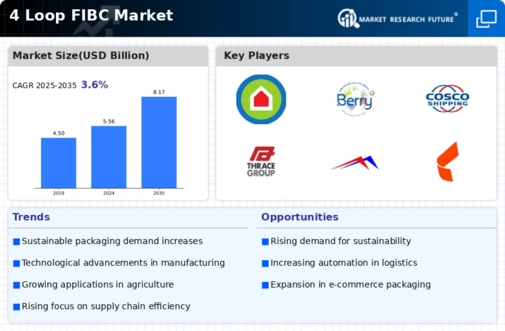
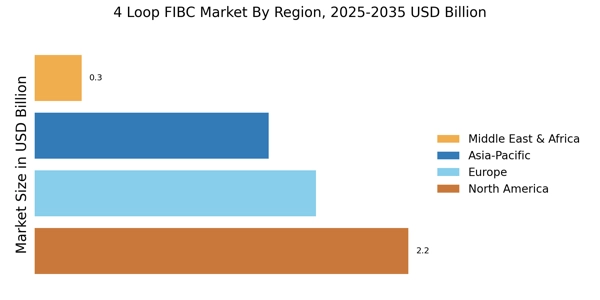
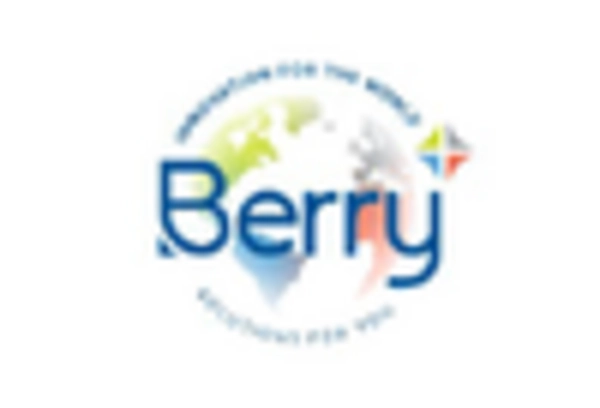
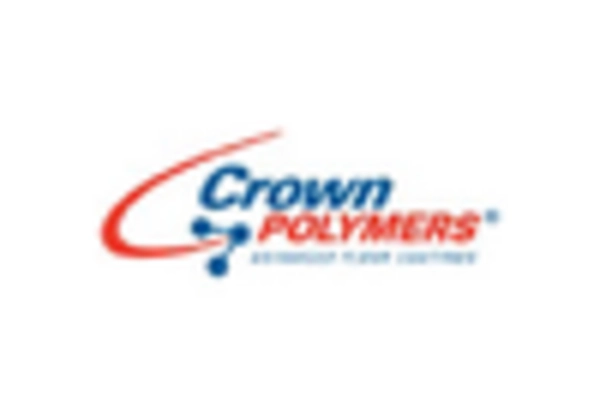
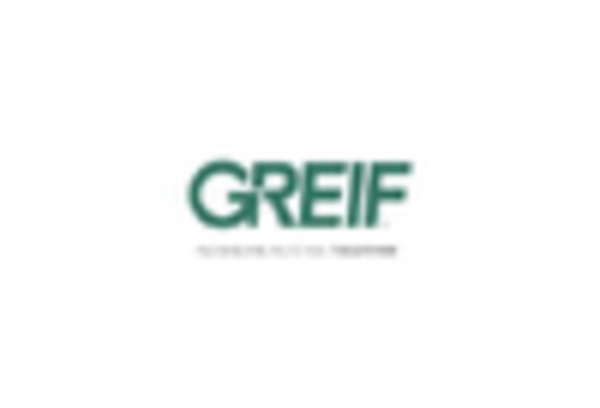

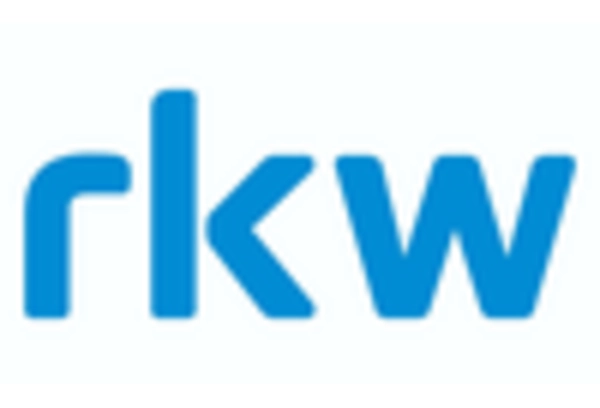
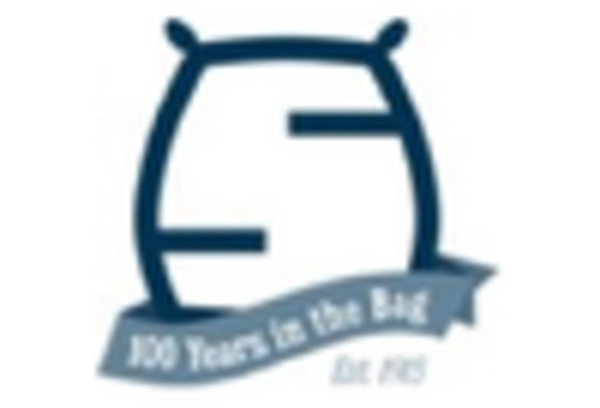








Leave a Comment